Nearly half of the animal species in the new study are in decline, with habitat degradation due to human activity a major cause.
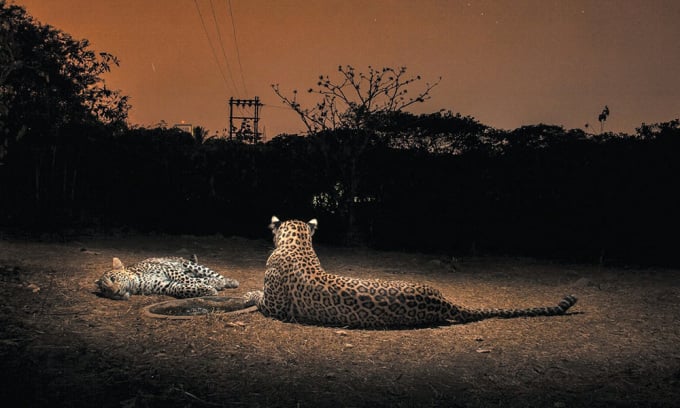
A leopard - a species listed as vulnerable on the IUCN Red List - on the outskirts of Mumbai, India. Photo: Nayan Khanolkar
The scale of biodiversity loss is often tracked through the International Union for Conservation of Nature (IUCN) Red List, which assigns each species a conservation status based on its status. Under this system, about 28% of species are threatened with extinction.
To provide a more nuanced view, in a new study published in the journal Biological Reviews , the authors looked at changes in population density for more than 71,000 species across five major vertebrate groups (mammals, birds, reptiles, amphibians, fish) and insects. The results showed that 48% of species were declining, 49% were considered stable, and only 3% were increasing in population size, IFL Science reported on May 24.
"The new research method and global-scale analysis provide a clearer picture of the true extent of global biodiversity loss that traditional methods cannot provide," said study author Dr Daniel Pincheira-Donoso at Queen's University Belfast (UK).
"Of the animal species on Earth that have been assessed, nearly half are in decline. Worse, many species that were not considered threatened with extinction are actually declining," added co-author Catherine Finn, an expert at Queen's University Belfast (UK).
In total, 33% of species classified as “not threatened” by the Red List are still declining. “If this trend does not abate, a further 2,136 species could become threatened in the near future,” the team said.
The researchers also noted that animal populations in tropical regions are declining at a more severe rate, while in temperate regions they are more stable, with some even increasing. There are also differences between animal groups. For example, 63% of amphibians are declining, while the figure for reptiles is only 28%.
Scientists say the new study provides further evidence that global biodiversity is entering a “sixth mass extinction” in which ecosystem richness and function, biodiversity and human health are increasingly under threat.
Thu Thao (According to IFL Science )
Source link


![[Photo] "Beauties" participate in the parade rehearsal at Bien Hoa airport](https://vstatic.vietnam.vn/vietnam/resource/IMAGE/2025/4/11/155502af3384431e918de0e2e585d13a)




![[Photo] Looking back at the impressive moments of the Vietnamese rescue team in Myanmar](https://vstatic.vietnam.vn/vietnam/resource/IMAGE/2025/4/11/5623ca902a934e19b604c718265249d0)




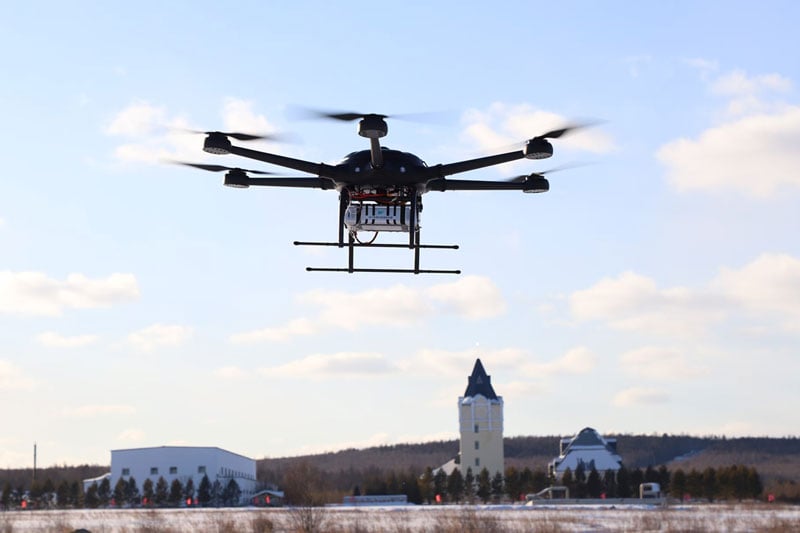

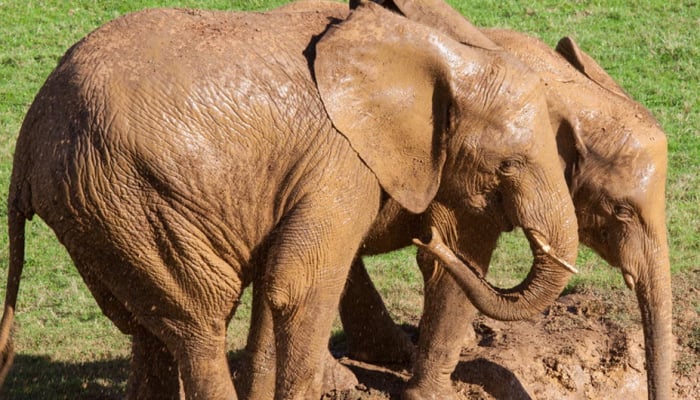

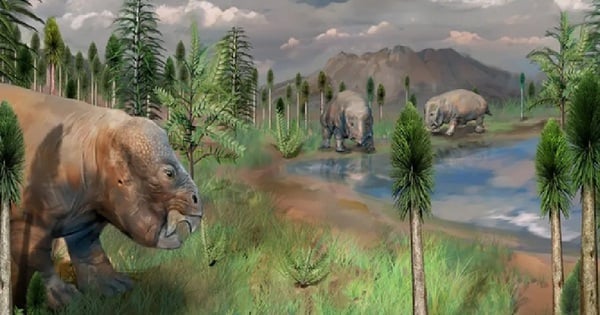





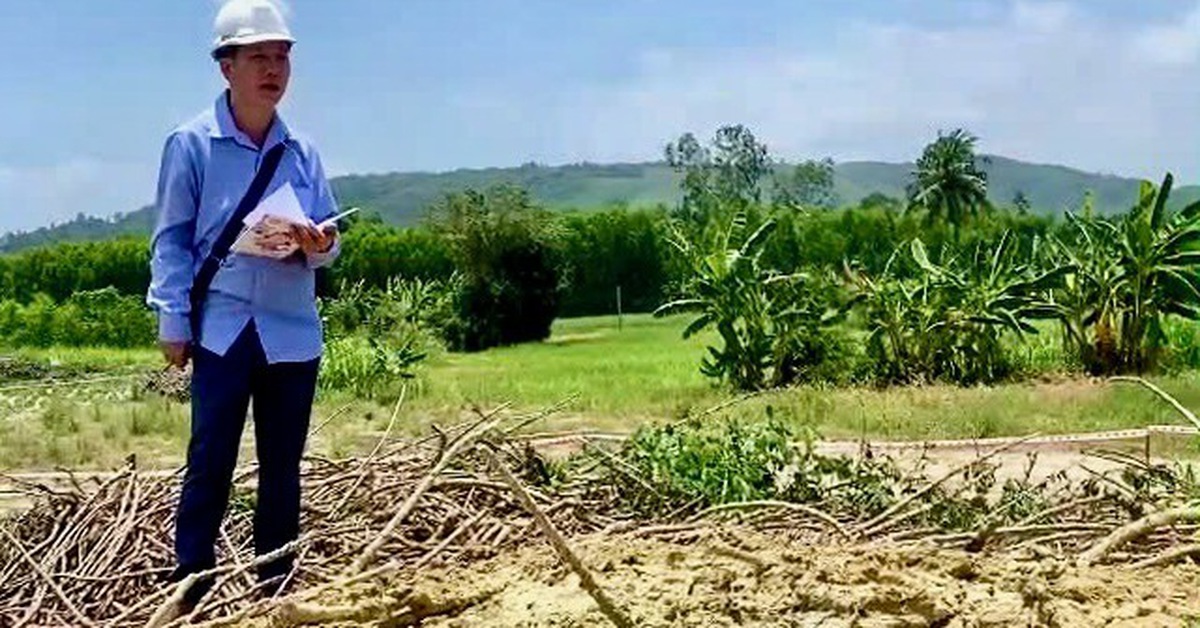

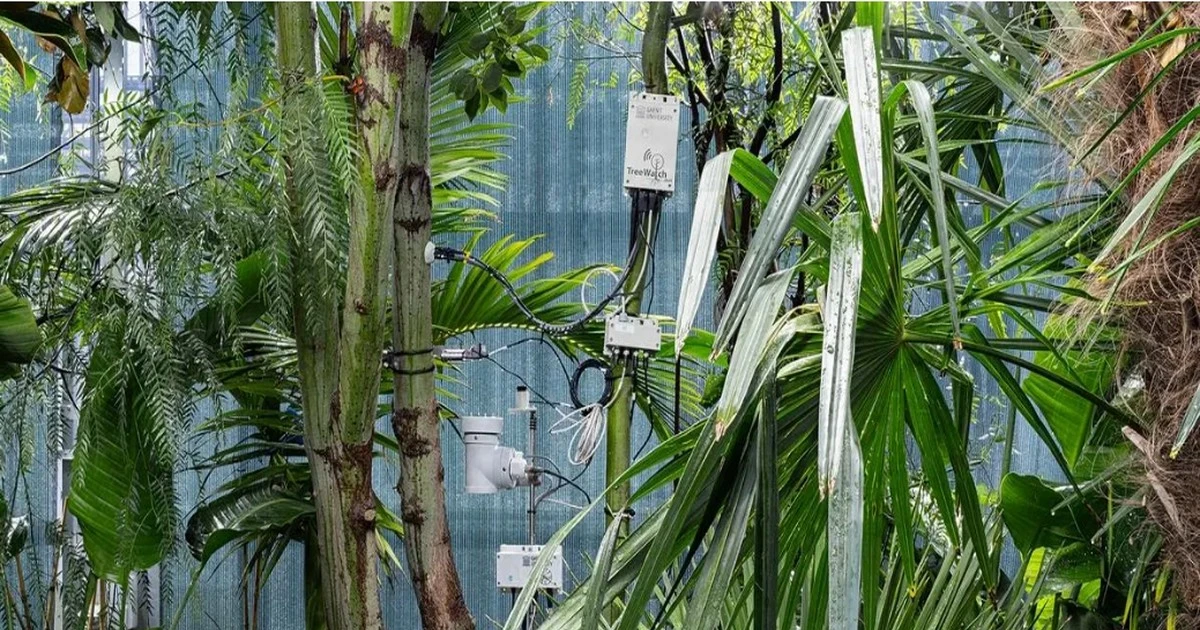








![[Photo] Summary of parade practice in preparation for the April 30th celebration](https://vstatic.vietnam.vn/vietnam/resource/IMAGE/2025/4/11/78cfee0f2cc045b387ff1a4362b5950f)





























































Comment (0)